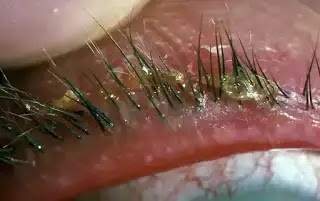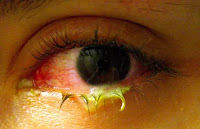Macular Degeneraton | Symptoms | Causes | Diagnosis | Treatment

Overview Macular degeneration is a disease that affects the retina. The retina is the layer at the back of the eye which helps us to see the world around us. Macular degeneration causes changes in central vision. Images that were once clear may appear blurred, Later dark spots may appear and enlarged, straight lines may become distorted or curved, colors may appear less vivid or darker. The eyes work together when one eye loses vision it may not be noticed because the other eye is still able to see each eye must be tested on its own to identify changes in vision. Symptoms The symptoms of macular degeneration may be found in other eye conditions. It is very important for an ophthalmologist to perform an examination to ensure that no, other conditions are present. Dry macular degeneration affects the health of the retina. The retina is the lining of the eye that responds to light. Here a cross-section of the retina can be seen in the dry form of macular degeneration. Metabolic end p...








